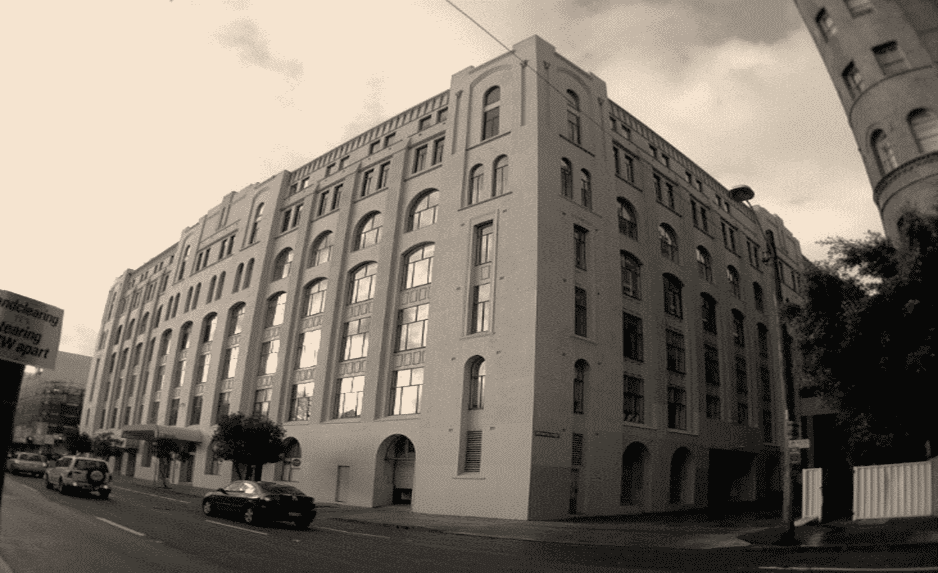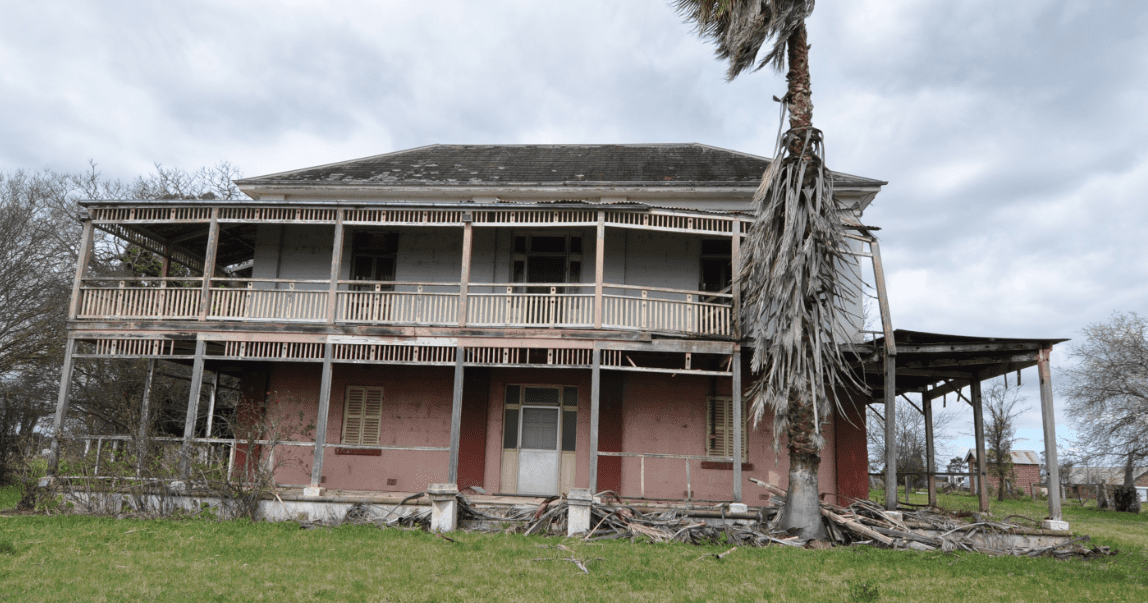Professional Associations
 Over the past thirty years, we have witnessed significant changes in governance practices, moving from centralised forms of governance, where the government exerts strong directive influence, to more pluralistic forms characterised by devolution of power and authority and the active involvement of a range of stakeholders. The new forms of governance, variously described as ‘third way’, collaborative’ or ‘discursive’ typically emphasise the importance of partnership working, democratic renewal and the empowerment of local communities, reconfiguring the nature of central–local relations (Illsley, 2009). There has been associated concern about issues of equality, democratic reform and protection of the vulnerable and this has reopened the debate about the extent and role of communities in the formulation and delivery of public policy. For some, these developments are conceptualised as part of an ongoing neoliberal agenda while for others they reflect a new discourse of collaborative governance.
Over the past thirty years, we have witnessed significant changes in governance practices, moving from centralised forms of governance, where the government exerts strong directive influence, to more pluralistic forms characterised by devolution of power and authority and the active involvement of a range of stakeholders. The new forms of governance, variously described as ‘third way’, collaborative’ or ‘discursive’ typically emphasise the importance of partnership working, democratic renewal and the empowerment of local communities, reconfiguring the nature of central–local relations (Illsley, 2009). There has been associated concern about issues of equality, democratic reform and protection of the vulnerable and this has reopened the debate about the extent and role of communities in the formulation and delivery of public policy. For some, these developments are conceptualised as part of an ongoing neoliberal agenda while for others they reflect a new discourse of collaborative governance.
A key dimension of the new governance agenda has been the rescaling of governance activity with the development of new institutional structures and spaces. A great deal of interest, both academic and political, has focused on the most local of these levels, involving the transfer of decision-making responsibility from central government to citizens and communities, a process characterised by some as ‘new localism’ and by others as ‘neighbourhood governance'(Illsley, 2009). Although acknowledged as a rather ‘ambiguous’ term, the concept of new localism has proved helpful in developing understanding of the complexities of multi-level governance. New localism has been described as ‘a strategy aimed at developing power and resources away from central control and towards front line managers, local democratic structures and local consumers and communities within an agreed framework of national minimum standards and policy priorities’ and as the ‘active participation of citizens in local democracy and decision making’. It involves the decentralisation of power, enabling local people to be more engaged in the formulation and implementation of public policies and services (Illsley, 2009).
 Recent planning academics have documented the relationships between states and citizens and have shown that there is a rise of rolled-out neoliberalism. Development agendas are, it is argued, increasingly dominated by the principles of market-driven reforms, social inequality, and a drive towards enhancing the economic competitiveness of the supply side of the economy. However, at the same time, a parallel set of discourses has emerged in the development literature which argues that it is principles of sustainable development that have, in practice, become dominant. The emphasis is, instead, on democratic empowerment, environmental conservation and social justice (Raco, 2005).
Recent planning academics have documented the relationships between states and citizens and have shown that there is a rise of rolled-out neoliberalism. Development agendas are, it is argued, increasingly dominated by the principles of market-driven reforms, social inequality, and a drive towards enhancing the economic competitiveness of the supply side of the economy. However, at the same time, a parallel set of discourses has emerged in the development literature which argues that it is principles of sustainable development that have, in practice, become dominant. The emphasis is, instead, on democratic empowerment, environmental conservation and social justice (Raco, 2005).
According to LGSA’s 2012 Submission to the Independent Local Government Review Panel’s
‘Strengthening Your Community’, a considerable number of councils in NSW are struggling with the impacts of change in order to meet the legitimate needs and expectations of their communities as well as playing their part in the wider system of government. In some cases this is due to declining populations and limited funding, but in other cases, councils’ resources are being stretched to the limits due to rapid growth.’
 The LGSA submission states that despite rate pegging and other revenue constraints, Local Government keeps rolling out and maintaining a remarkable suite of infrastructure, facilities and services. This suite includes community services and facilities, public health services and facilities, cultural, educational and information services and facilities, sporting, recreational and entertainment services and facilities, environment conservation, protection and improvement services and facilities, waste removal, treatment and disposal services and facilities, pest eradication and control services and facilities, transport infrastructure, public transport services, water, sewerage and drainage works and facilities, storm water drainage and flood prevention, protection and mitigation services and facilities, housing, industry development and assistance, tourism development and assistance, and land and property development.
The LGSA submission states that despite rate pegging and other revenue constraints, Local Government keeps rolling out and maintaining a remarkable suite of infrastructure, facilities and services. This suite includes community services and facilities, public health services and facilities, cultural, educational and information services and facilities, sporting, recreational and entertainment services and facilities, environment conservation, protection and improvement services and facilities, waste removal, treatment and disposal services and facilities, pest eradication and control services and facilities, transport infrastructure, public transport services, water, sewerage and drainage works and facilities, storm water drainage and flood prevention, protection and mitigation services and facilities, housing, industry development and assistance, tourism development and assistance, and land and property development.
The 2012 LGA submission notes that even though NSW councils may apply for special variations to general income which allow for rate increases over and above the rate pegging limit, councils are generally reluctant to do so as rate pegging creates public expectations about rate increases. This places political pressure on councils to stay within the limit and not seek special variations.  The Independent Pricing and Regulatory Tribunal (IPART) is responsible for determining the rate pegging limit and approving special rate variation applications. The rate pegging limit is derived using a Local Government Cost Index. The submission states that the introduction of Integrated Planning and Reporting with Long Term Financial Planning should make rate pegging redundant. Under the Community Strategic Planning process the community effectively determines a council’s future revenue path including rate increases and there is no justification for this. The submission states that Councils are not given sufficient financial resources for responsibilities delegated to them to regulate companion animals, manage contaminated land, control noxious weed, control food safety, manage flood controls or administer environmental regulation including heritage advisory and processing services.
The Independent Pricing and Regulatory Tribunal (IPART) is responsible for determining the rate pegging limit and approving special rate variation applications. The rate pegging limit is derived using a Local Government Cost Index. The submission states that the introduction of Integrated Planning and Reporting with Long Term Financial Planning should make rate pegging redundant. Under the Community Strategic Planning process the community effectively determines a council’s future revenue path including rate increases and there is no justification for this. The submission states that Councils are not given sufficient financial resources for responsibilities delegated to them to regulate companion animals, manage contaminated land, control noxious weed, control food safety, manage flood controls or administer environmental regulation including heritage advisory and processing services.
Councils often have to step in and pay where the NSW Government does not adequately fulfil its responsibilities such as in the provision of medical services or community safety. According to the LGSA cost shifting survey, cost shifting by the Australian and NSW Government on to NSW Local Government in the financial year 2008/09 is estimated to amount to 5.74% of Local Government’s total income before capital amounts or $440 million.
No wonder NSW local government struggles to mete out heritage advisory and processing services. Quite simply, it is underfunded and under-resourced and central State government’s treatment of local government does not help matters much.
Paul Rappoport – Heritage 21 – 20 February 2015
 References
References
- Illsley, B & Coles, E (2009) Putting Communities in Control: A Scottish Perspective, Planning, Practice & Research, Vol. 24, No. 3, pp. 363–378.
- LGSA – Submission to the Independent Local Government Review Panel’s ‘Strengthening Your Community’ (2012) Local Government & Shires Association of NSW
- Raco, M (2005) Sustainable Development, Rolled-out Neoliberalism and Sustainable Communities, Antipode, Volume 37, Issue 2, 324–347.
Related Articles

Incentivising Ownership of Heritage Buildings
In response to the recent enquiry by the government relating to the NSW Heritage Act, I made the following recommendation.…
Read more
Does the NSW Heritage Act Reflect the Expectations of the NSW community?
In the recent NSW Heritage Act inquiry, I submitted a series of recommendations to the government seeking community response in…
Read more
A New Heritage Council for NSW
In the recent NSW Heritage Act inquiry, I submitted a series of recommendations to the government seeking community response in…
Read more
Heritage has become increasingly Litigious, Mysterious and Flaccid
I have been practicing as a heritage architect in NSW for the last 30 years and during that time, I…
Read more

Need help getting started?
Check out our guides.

Complete the form below to contact us today.








